Science has always interested me. As a child, I enjoyed visiting museums and science centres to see dinosaur skeletons, exotic animals, and elaborate physics demonstrations. As I grew older, I realized that science underpins so much of our modern world - from the technology we use daily to groundbreaking discoveries that shape the future of humankind.
My interest in science led me to study physics and electronics at university. Aside from the lectures and textbooks, some of my favourite memories are of field trips to world-renowned laboratories like CERN and observatories like Lowell, where scientific history was made.
In this article, I'd like to highlight some of my favourite science tourism destinations around the world, where visitors can learn about science in both informative and interactive ways.
Whether you're new to science or a seasoned expert, I hope you'll find some new places to visit!
Did I forget anything? Please add your reccomendation in the comments below.
Where history was made: CERN, Switzerland
As a physics student, no trip to Europe was complete without visiting CERN (European Organisation for Nuclear Research) in Geneva. This massive complex spanning the Swiss-French border houses the Large Hadron Collider (LHC), the world's largest and most complex experimental facility [1].
As a particle accelerator, the LHC propels protons around a 27-kilometer ring at speeds approaching the speed of light. Giant detectors monitor particle collisions, allowing scientists to study the most fundamental building blocks of matter [2].
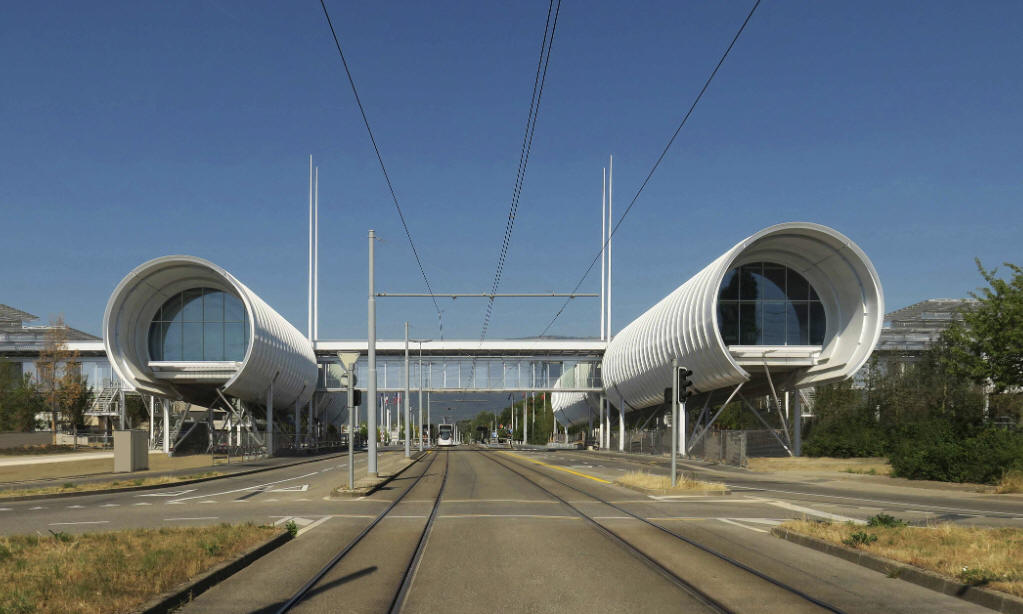
The discovery of the Higgs Boson particle in 2012 was a significant breakthrough in physics, confirming theories about how particles acquire mass [3]. Visitors can see the tunnel that houses the LHC, peer into one section of the accelerator, and listen to talks about the research. As someone who has spent years researching the Higgs mechanism, walking those halls gave me chills!
Experience space travel at the Nasa Johnson Space centre
Growing up watching sci-fi films and dreaming of space travel, I couldn't wait to visit the Johnson Space Centre, NASA's astronaut training facility and Flight Control base in Houston, Texas.
The Space Centre Houston visitor centre provides a behind-the-scenes look into mission operations. The exhibits include the massive Saturn V rocket, the Lunar Lander, space suits and rovers used on Apollo missions, and a mockup of the International Space Station where astronauts train [4].
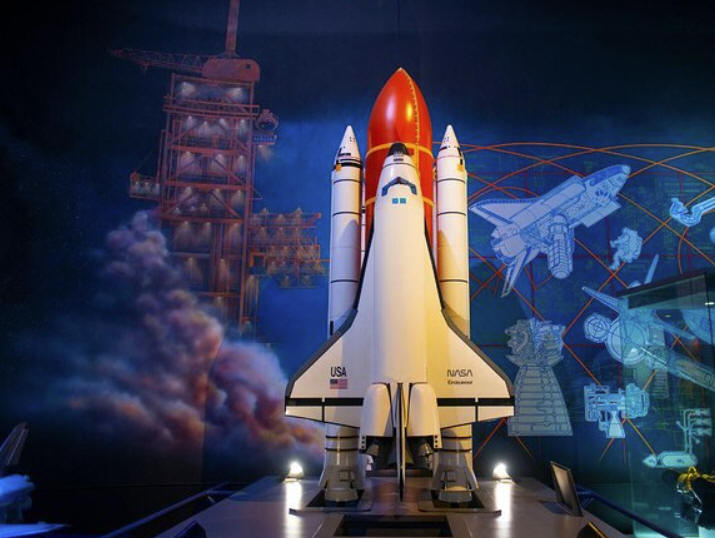
We saw the realistic ISS simulator and rode a shuttle simulator that recreated the G-forces experienced during launch and landing. Glimpsing Mission Control, where dozens of flight controllers oversee ongoing missions, brought NASA's cutting-edge space exploration work alive. I left feeling awed and proud of the innovation and teamwork that are assisting humanity's journey into space.
Visit the Nobel Prize Museum to learn about influential innovators
After leaving NASA, we flew to Stockholm to visit the Nobel Prize Museum and learn about scientific innovators. In 1895, Alfred Nobel established the Nobel Prizes to honour pioneers in Chemistry, Physics, Physiology/Medicine, Literature, Peace, and Economic Sciences [5].
This modern museum tells the inspirational stories of Nobel laureates such as Marie Curie, Albert Einstein, Francis Crick, and Malala Yousafzai. My favourite exhibit featured early pages from Einstein's notebooks scrawled with concepts underlying his Theory of Relativity, providing a humbling glimpse into the great physicist's thought process!
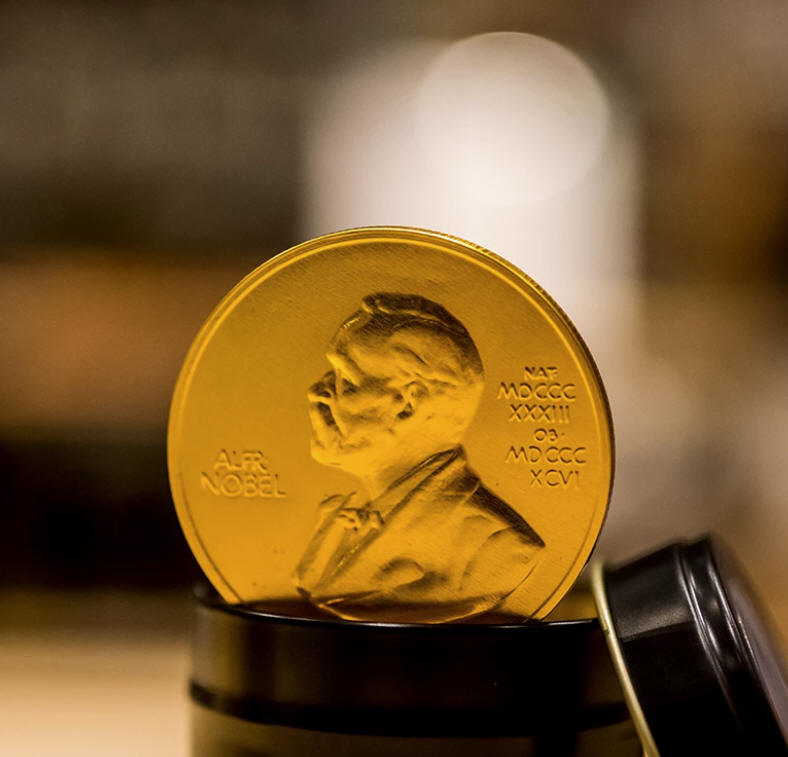
Seeing young students eagerly engaging with the exhibits gave me hope that science would be presented as a living, evolving field in which anyone could participate.
Visit London's Science Museum to Discover 500 Years of Innovation
The Science Museum in South Kensington is a must-see for any science-related trip to London. This technological temple houses an incredible 300,000 artefacts from 500 years of scientific and technological advancements [6].
Exhibits include early steam engines that powered the Industrial Revolution, Watson and Crick's original DNA model, and the Apollo 10 command capsule. However, the museum is more than just a static collection; it also includes many interactive elements.
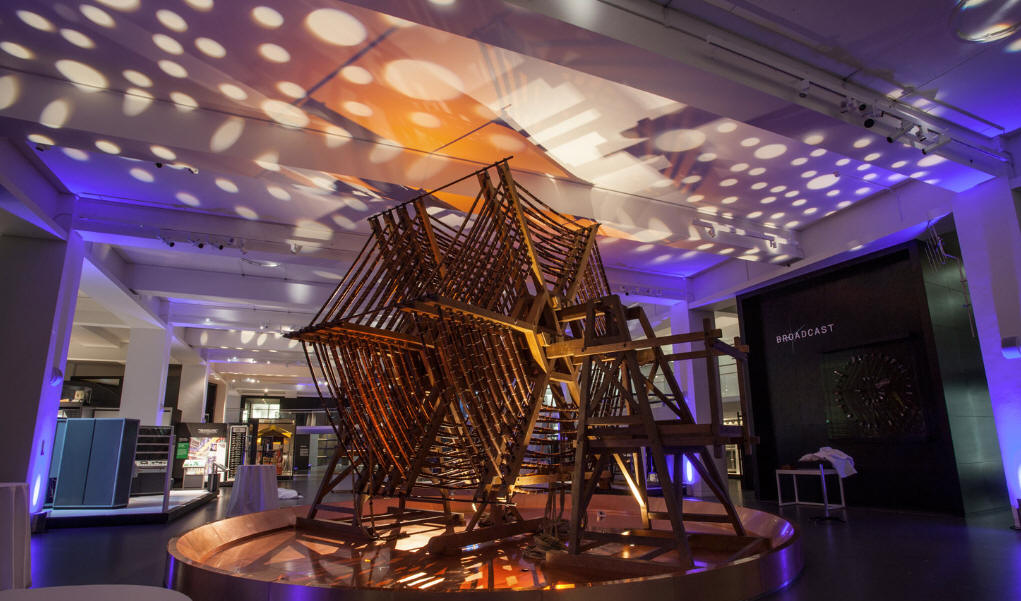
I had a great time attending a live chemistry show, learning surgical techniques in the medicine gallery, and walking through a Hurricane Simulator with 100 mph gusts. I loved the Garden, which featured special exhibits for young visitors to learn physics concepts through play and exploration.
From aviation to genetics, thermodynamics to quantum computing, the Science Museum made even old school subjects feel exciting and relevant. It is a must-see for curious minds of all ages./p>
OObserve the heavens at Arizona's Lowell Observatory
I travelled from London to the arid mountains near Flagstaff, Arizona, to visit the Lowell Observatory. This historic complex, located at an elevation of more than 7,000 feet, is where Pluto was discovered in 1930 [7].
My daytime tour included the 1896 Clark Telescope, which discovered evidence of the then-undiscovered "Planet X," as well as displays about early American astronomers. It was a fantastic experience, especially looking through solar telescopes to see sunspots.
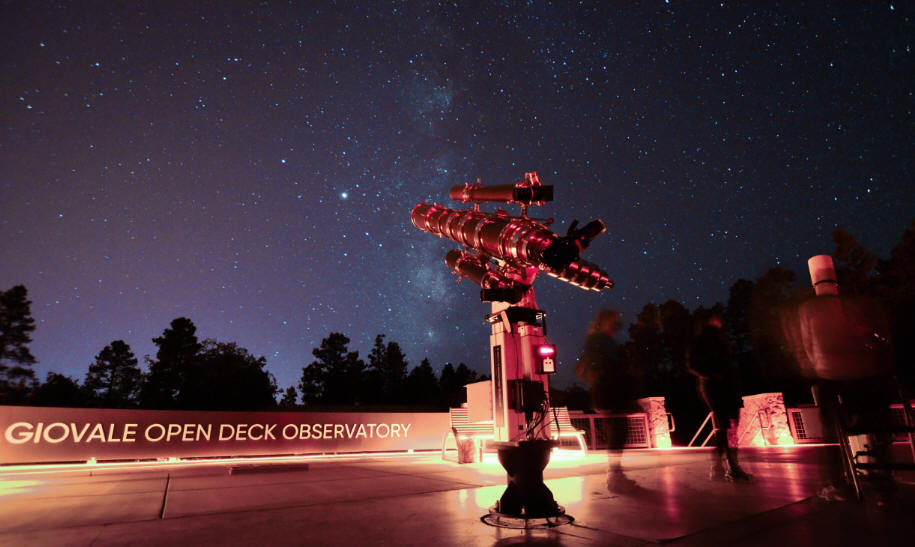
But the true magic occurred after dark, when we were able to look through more powerful telescopes at Jupiter's cloud bands, Saturn's rings, nebulae, star clusters, and distant galaxies. Braving the cold night air, I was transported back to childhood stargazing sessions as I gazed at these celestial wonders, as have countless Lowell observers over the past century.
Visit the Vasa Museum to witness a 17th-century warship
During my last science-themed trip, I discovered Stockholm's Vasa Museum, which is one of Sweden's most popular attractions. It revolves around a nearly 400-year-old, ornate warship that sank on its maiden voyage in 1628 and was discovered 333 years later [8].
Walking into the dim, sprawling hall and seeing the imposing wooden hull above me took my breath away. Seeing the ornate carvings and imagining sailors scrambling aboard during its brief first voyage was an unforgettable experience.

The exhibits focus on the Vasa's construction, the Swedish empire at the time, and the meticulous recovery effort that combined marine archaeology and materials science. As a scientist, I appreciated the insights into 17th-century shipbuilding and preservation techniques used to prevent deterioration. It was a lesson in how modern science has helped to revive and preserve an incredible piece of history.
Explore futuristic innovation at Miraikan, Tokyo
No discussion of global science tourism is complete without mentioning Tokyo's Museum of Emerging Science and Innovation (Miraikan). The name "hall of the future" is appropriate for a museum dedicated to cutting-edge science and technology [9].
Exhibits include humanoid robots, virtual reality systems, and smart home prototypes, as well as satellites, clean energy models, and displays about synthetic biology and regenerative medicine. One of my favourite sections was the Geo-Cosmos, a dazzling globe with real-time displays of environmental data from all over the world that vividly depicts the planet's constant dynamics [10].
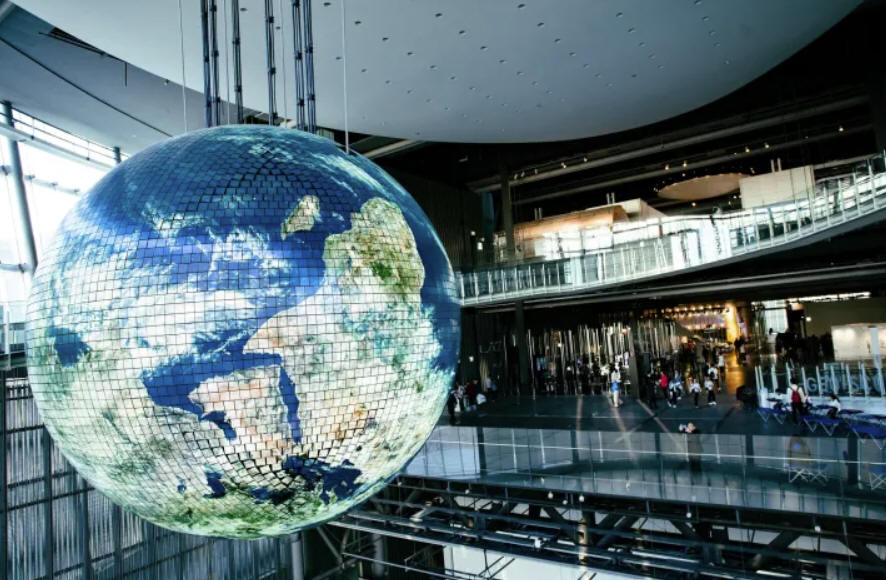
The innovation here isn't limited to displays. The museum collaborates with leading Japanese technology firms and academic labs to provide glimpses of inventions that could reshape life in the coming decades, including artificial intelligence, biomimicry, robotics, and more. If I had to pick one museum that made me optimistic about science's future prospects, it would be the Miraikan.
Observe the ancient skies at Stonehenge, England
One of the world's most famous and mysterious sites also offers insights into ancient astronomy. The 5,000 year old Stonehenge monument in southern England acts as an astronomical calculator, with the giant stones precisely aligned to frame the midsummer and midwinter solstices [11].

Walking tours allow modern visitors to get up close to the awe-inspiring stone structures, and audio guides explain the changing sunlight patterns that occur on solstices. Experts continue to debate how and why Stonehenge was built with such precision before the advent of sophisticated tools. But watching dawn light filter through on a cold December morning during the winter solstice gave me chills, as I imagined ancient cultures tracking the same celestial cycles.
Discover dinosaur fossil treasures at Alberta’s Royal Tyrrell museum
On a family road trip through the Canadian Rockies, we stopped in the small town of Drumheller, which is known as the dinosaur capital of the world. This Alberta badlands region contains rich fossil deposits from 75 million years ago, when the area was a subtropical forest [12].
The Royal Tyrrell Museum has one of the world's largest collections of dinosaur remains, including skeletons from more than 130 different species. Visitors can see fossils of tyrannosaurus, triceratops, and hadrosaurs, as well as models of these massive creatures fleshing out their skeletal forms [13].
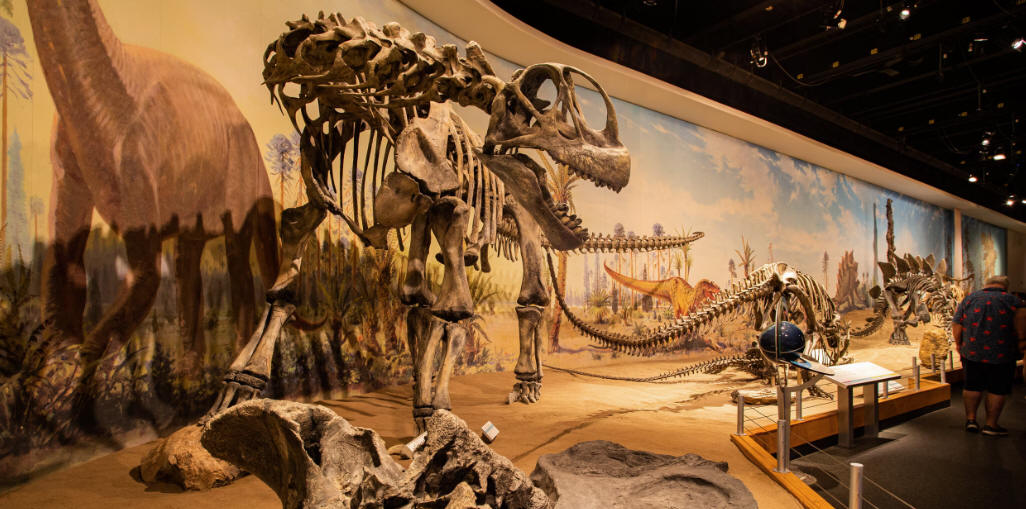
Palaeontology labs are also housed behind glass walls, allowing visitors to watch fossil preparators carefully extract 66 million year old fragments from surrounding stones, reminding us that science is an active, hands-on process that occurs right in front of our eyes if we take the time to observe.
Final Thoughts
Wandering these science meccas renewed my faith in science's ability to reveal, inform, and improve our lives, whether through physics experiments, space exploration, medical advances, or archaeological efforts. Beyond textbook knowledge, places like these humanise science by sharing stories of dreams, failures, and eureka moments.
I hope you will be able to visit some of these inspiring destinations as well. Wherever you go, keep your curiosity alive by asking questions, making observations, and visiting local and distant museums. Science belongs to everyone. With childlike wonder, we can all help to solve its awe-inspiring mysteries!
References
- [1] CERN, “The Large Hadron Collider”, home.cern, 2022. https://home.cern/science/accelerators/large-hadron-collider
- [2] CERN, “Physics”, home.cern, 2022. https://home.cern/science/physics
- [3] CERN, “Higgs Boson”, home.cern, 2022. https://home.cern/science/physics/higgs-boson
- [4] “Exhibits & Experiences”, Space Center Houston, 2022. https://spacecenter.org/exhibits-and-experiences/
- [5] “The Nobel Prize Museum”, NobelPrize.org, 2022. https://www.nobelprize.org/prizes/museum/
- [6] “About Us”, Science Museum Group, 2022. https://www.sciencemuseumgroup.org.uk/about-us/
- [7] “History”, Lowell Observatory, 2022. https://lowell.edu/visit/history/
- [8] “The Vasa Story”, The Vasa Museum, 2022. https://www.vasamuseet.se/en/vasa-history
- [9] “About the Museum”, Miraikan - The National Museum of Emerging Science and Innovation, 2022. https://www.miraikan.jst.go.jp/en/about/
- [10] “Geo-Cosmos”, Miraikan - The National Museum of Emerging Science and Innovation, 2022. https://www.miraikan.jst.go.jp/en/exhibition/geocosmos/
- [11] “Stonehenge”, UNESCO World Heritage Centre, 2022. https://whc.unesco.org/en/list/373/
- [12] “Dinosaur Provincial Park”, UNESCO World Heritage Centre, 2022. https://whc.unesco.org/en/list/71
- [13] “Royal Tyrrell Museum of Paleontology”, Travel Alberta, 2022. https://www.travelalberta.com/ca/listings/royal-tyrrell-museum-of-palaeontology-902/